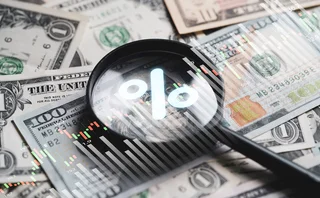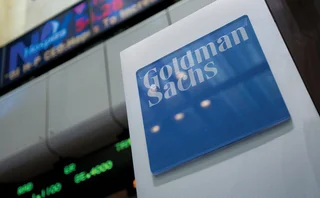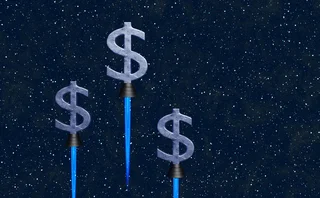
Autocall dealers wary of Nikkei volatility surge
Dealers caught in danger zone as losses lurk on upside and downside spikes

Japanese stocks are edging into territory that is making exotic equity desks nervous. It’s the point at which a sudden market move – either up or down – threatens to drive up the price of volatility, right at a time when dealers would collectively need to buy more of it to rebalance their exposures.
Dealers say a rapid 5% rise or fall in the Nikkei 225 from 21,290, the benchmark’s level as of March 13, could lead to sizeable hedging losses for firms that sold autocallable bonds linked to the
Only users who have a paid subscription or are part of a corporate subscription are able to print or copy content.
To access these options, along with all other subscription benefits, please contact info@risk.net or view our subscription options here: http://subscriptions.risk.net/subscribe
You are currently unable to print this content. Please contact info@risk.net to find out more.
You are currently unable to copy this content. Please contact info@risk.net to find out more.
Copyright Infopro Digital Limited. All rights reserved.
As outlined in our terms and conditions, https://www.infopro-digital.com/terms-and-conditions/subscriptions/ (point 2.4), printing is limited to a single copy.
If you would like to purchase additional rights please email info@risk.net
Copyright Infopro Digital Limited. All rights reserved.
You may share this content using our article tools. As outlined in our terms and conditions, https://www.infopro-digital.com/terms-and-conditions/subscriptions/ (clause 2.4), an Authorised User may only make one copy of the materials for their own personal use. You must also comply with the restrictions in clause 2.5.
If you would like to purchase additional rights please email info@risk.net
More on Markets
‘This is not a wobble’: Brunello Rosa on the path to de-dollarisation
Digital currencies will play a central role as China challenges US hegemony, says economist
Repo clearing rule could raise SOFR volatility – OFR analysts
Analysis of 2022 data finds large divergence in tail rates but no change in median
Investors dip a toe back into Tips despite April losses
US inflation-linked bonds back in vogue as stagflation hedge
Europe’s Ucits funds: Made in the USA
Counterparty Radar: EU retail funds market is a prime example of Trump’s miscalculation on trade
Goldman Sachs doubled FX trading revenues in 2024
Bumper Q4 powers bank to head of US dealer pack by foreign exchange revenue
The Term €STR transition: challenges and market readiness
The progress, challenges and factors shaping the adoption of Term €STR as financial institutions transition from Euribor
Pimco’s $19 billion Sonia swaptions trade
Counterparty Radar: Bond giant springs up as largest player in space among US mutual fund managers, with Guggenheim shadowing its move
HK warrant issuers optimistic on listing cost cuts
Inclusion of listing reform in second budget speech raises hopes for action on ‘expensive’ fees








